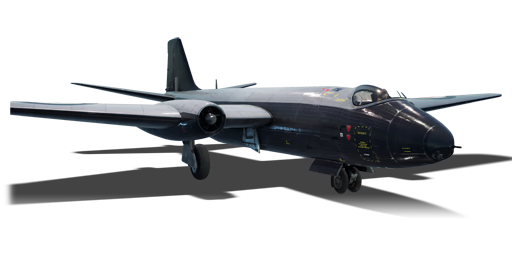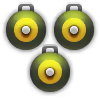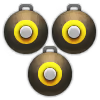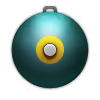



In 1944, the Air Ministry issued a specification for a new high-speed, high-altitude bomber to replace the illustrious de Havilland Mosquito. While English Electric had been involved in aircraft construction since the interwar period, including producing airframes for the Handley Page Hampden and Halifax, they had little design experience of their own. However, this was solved by the joining of W.E.W. Petter, Westland's chief designer, who had left Westland to pursue his own twin-engine fighter-bomber design after being rejected. By 1949, the first prototypes had taken flight, and in 1950, following the outbreak of the Korean War, 410 aircraft were ordered for the RAF, as well as a number for export, notably the US (license-produced as the B-57A) and Australia. The first production run, designated Canberra B Mk 2, entered RAF service in 1951, replacing the Mosquito and Lincoln in frontline bombing and photoreconnaissance roles.
Introduced in Update 1.43, the Canberra B Mk 2 can be a very effective early jet bomber. It has a great climb rate and decent top speed which, coupled with its bomber spawn, allow it to either climb up away from the threat of interceptors or dive towards enemy bases. The Canberra is not equipped with any offensive or defensive armaments, so in both cases, survivability will rely on maintaining the speed to outrun any interceptors and using its surprising agility to avoid pot-shots. The payload is adequate, with six 1,000 lb bombs being enough to destroy a base.
flaps
flaps
flaps
brake
| Name | Weight | Slot | ||||||
|---|---|---|---|---|---|---|---|---|
| 3 × | 639.3 kg |  |  | |||||
| 3 × | 1,458 kg |  |  | |||||
| 1,835.2 kg |  |  | ||||||
| 6 × | 1,278.6 kg |  | ||||||












Flight performance | |
|---|---|
Survivability |
|---|
Weaponry |
|---|